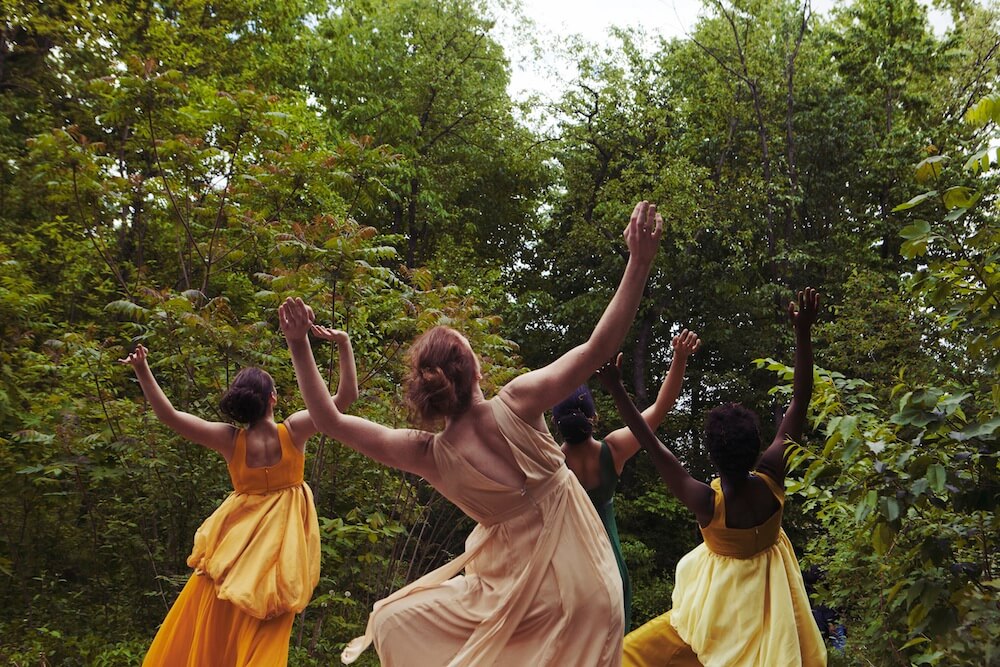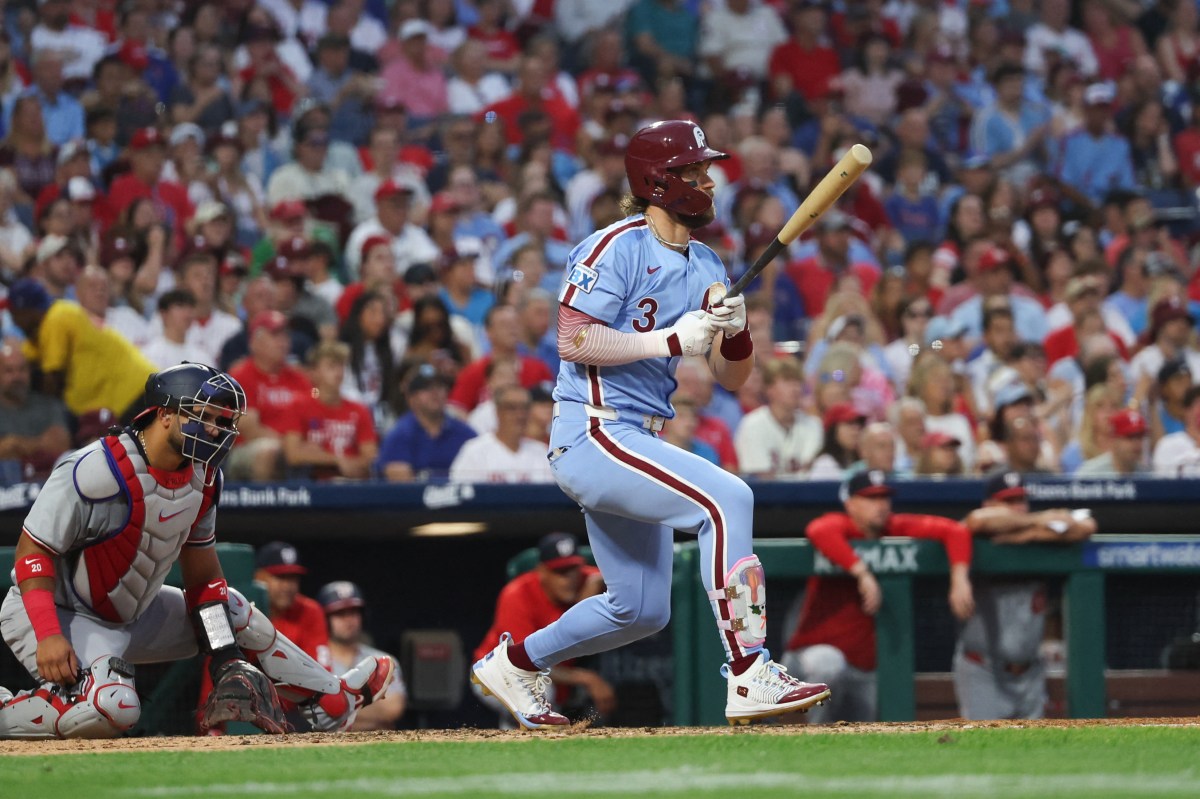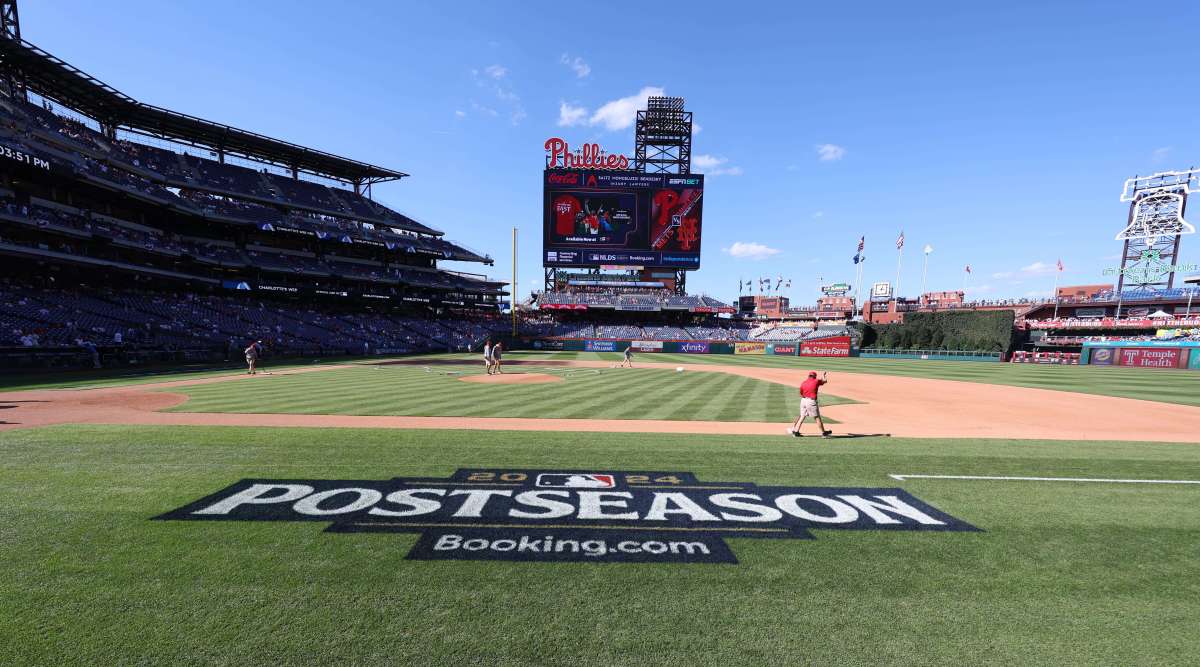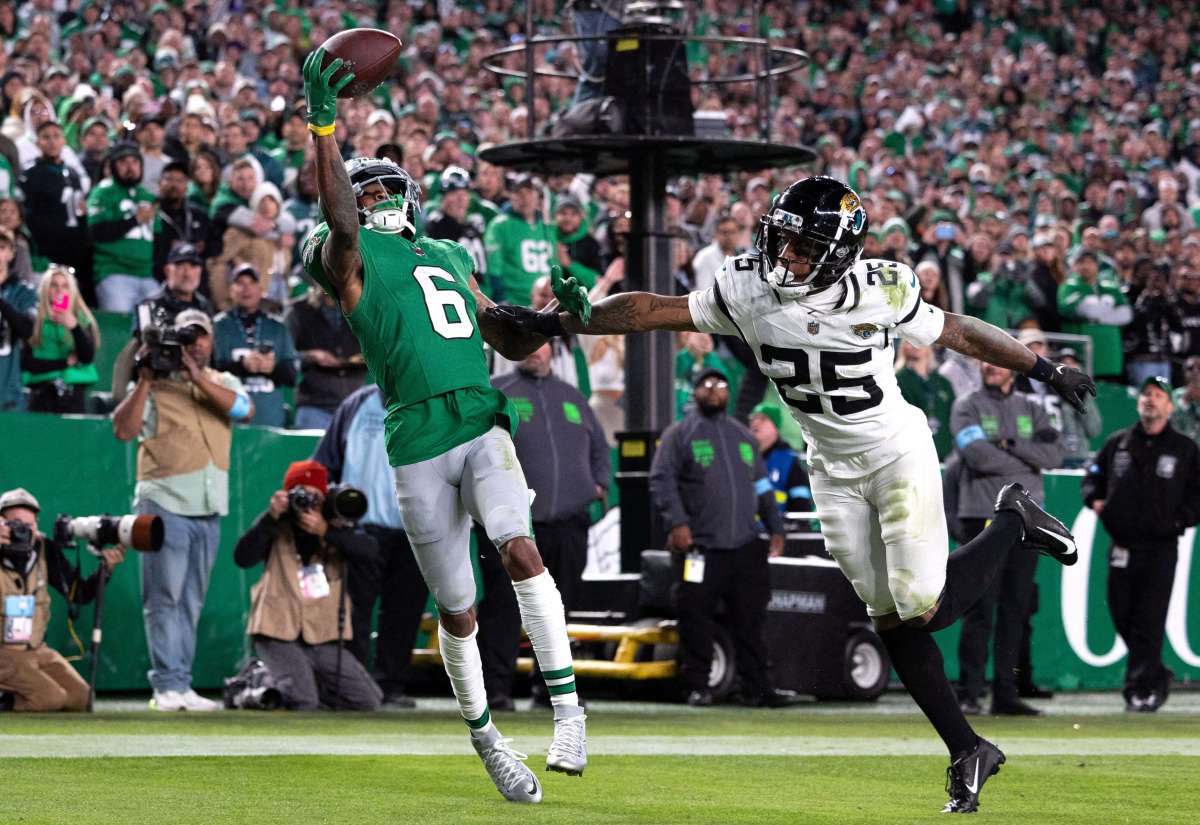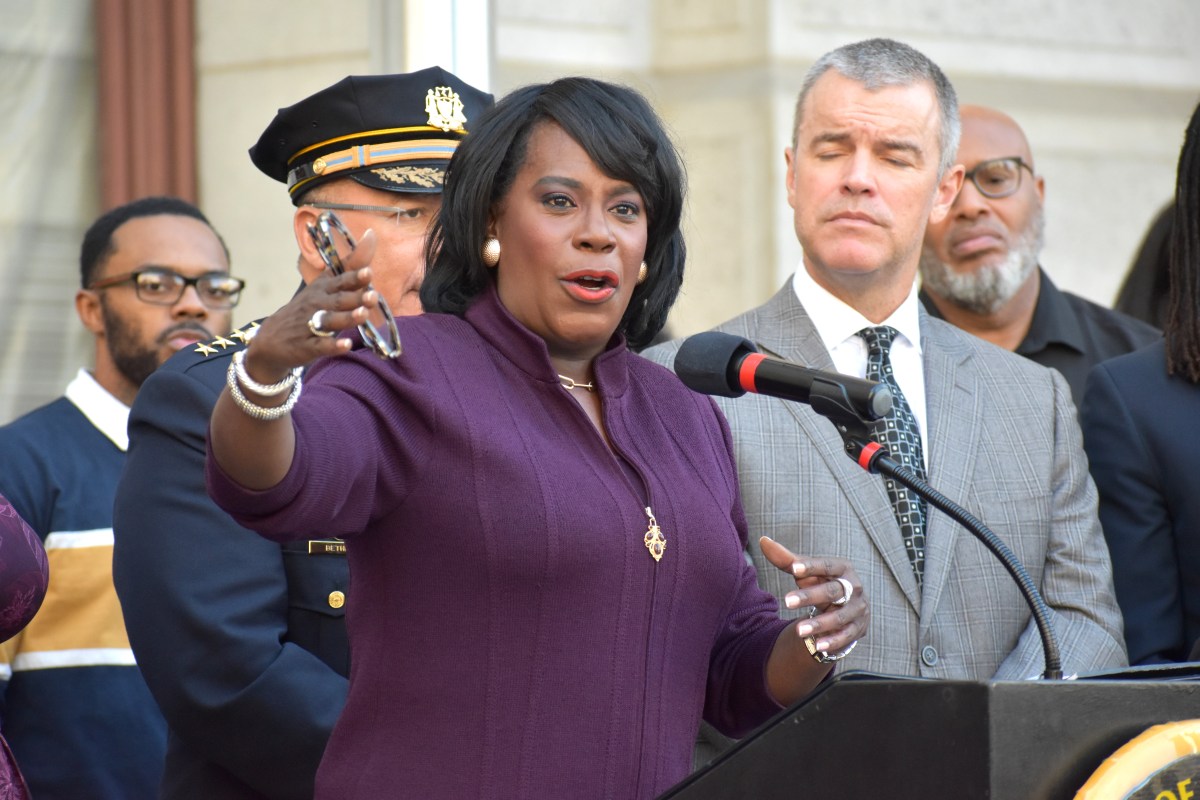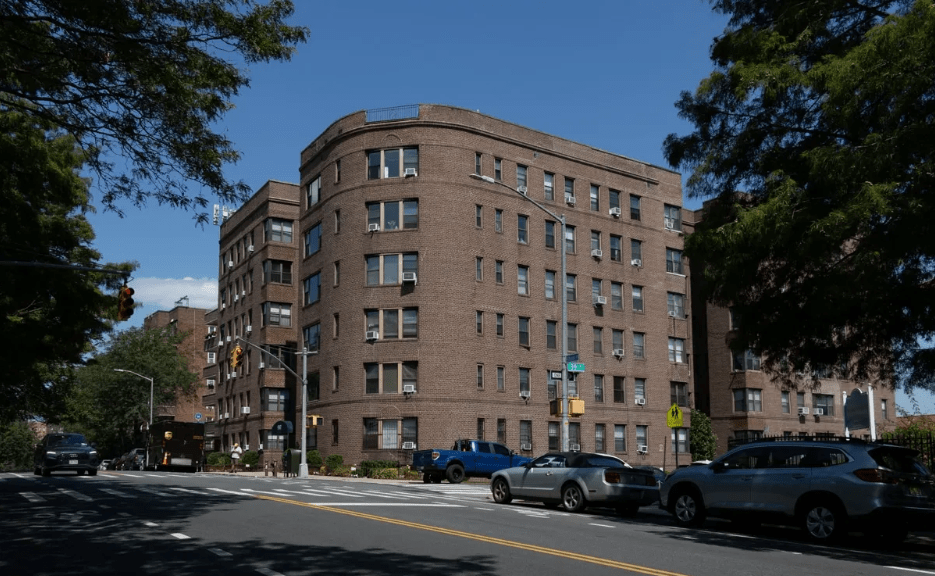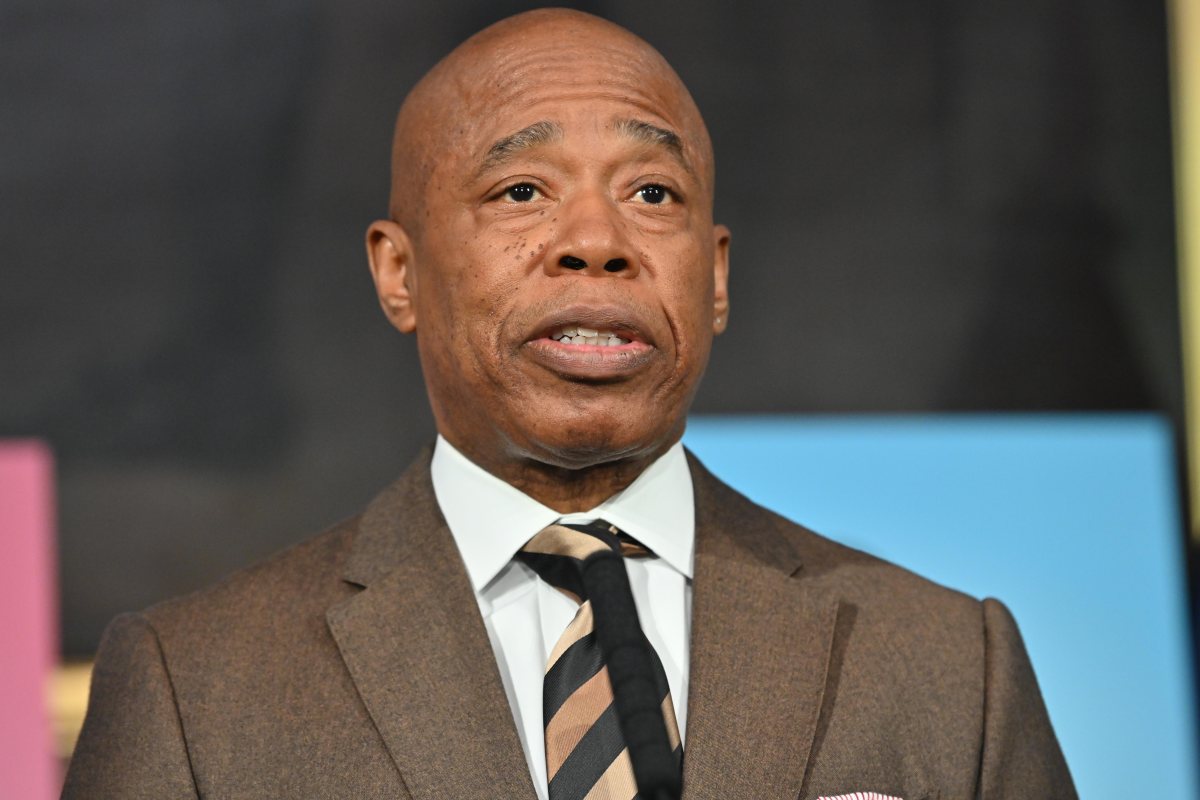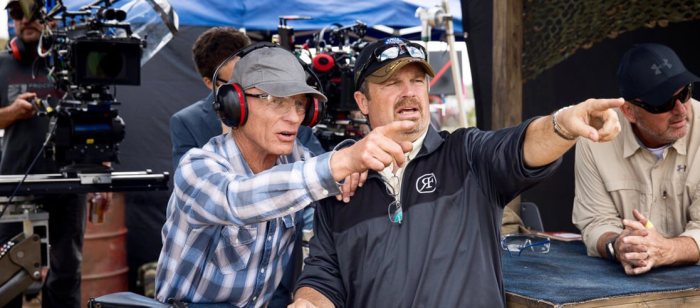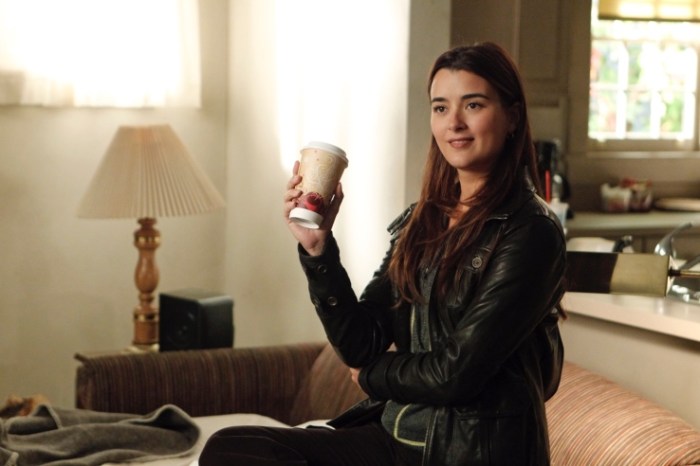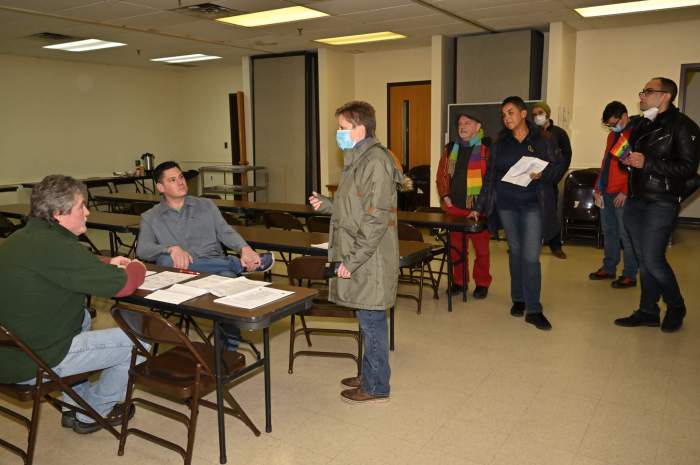New York City is full of art. Indeed, you don’t even need to step foot in a museum to encounter masterpieces by Roy Lichtenstein (at the Times Square subway station), Keith Haring (Harlem’s “Crack Is Wack” mural) and Robert Indiana (that LOVE sign midtown). But come summer the city becomes a canvas for all sorts of new, engaging art, with temporary installations sprouting everywhere from the Bronx to Staten Island. Some of them are rogue (remember when someoneyarn-bombed the Wall Street bull?), but many of them are formal commissions by the city. “It’s something that sets New York apart,” says Jennifer Lantzas, public art coordinator for the NYC Parks Department. “Many cities have well-established public art programs, but most of them focus on permanent works.” Indeed, temporary projects — from the enormously popularpop-up pianos, to the murals and sculptures thatdot the High Line — can breathe new life into old, familiar spaces, ones that New Yorkers often take for granted in our constant hustle-and-bustle. “Each time a new public piece gets installed, you get to see a part of New York City through new eyes,” says Nicholas Baume, director and chief curator of the Public Art Fund. “It enriches our spaces, surprises us, engages us.” Plus, Baume adds, since the works will only be up a few months, artists can take more risks, coming up with some unorthodox pieces, like the giant4-foot “Head of Goliath”made from New York City debris in Tribeca Park, which has, incidentally, been a big hit on Instagram. “We want to encourage debate and social engagement,” says Jonathan Kuhn, NYC Parks’ director of arts and antiques. “The best public art gets people to look again. It reinforces or redefines a space for a short period of time. It gets us to ask ‘What is public art?’” It also makes it so hard when it leaves. “Sometimes, the public gets so attached to it, they’ll beg us to keep it.”
Look up: 7 must-see public art installations on view now
Fata Morgana by TeresitaFernández
Head of Goliath by Nicolas Holiber
This 4-foot-tall, 10-feet-wide sculpture made of reclaimed debris and art materials “serves as a symbol of the classic underdog tale that is shared by so many in this amazing city,” said the artist in a statement. “For myself and many friends of mine, New York is the Goliath.” (Tribeca Park, through September 15, 2015)
Desire Lines by Tatiana Trouvé
Agnes Denes, The Living Pyramid
Three large-scale industrial storage racks hold 212 spools of thread at the Southeast entrance of Central Park. Each “thread” — actually, colored rope — corresponds in length to a particular pathway in the park. Trouvé’swork is, in a way, an ode to a quintessentially New York pastime: “an invitation to explore the political and poetic resonance of the simple act of taking a walk.” ( Doris C. Freedman Plaza, Central Park, through August 30, 2015)
Denes adds some green to the city skyline with her latest “earthwork,” a 30-foot by 30-foot pyramid made from several tons of soil and planted grass. That’s heavy.(Socrates Sculpture Park, Queens, through August 30, 2015)
The Dance by DB Lampman
Five ethereal nylon figures float within a steel-frame structure. The artist, who lives in Staten Island’s Stapleton neighborhood, uses the dancing dresses to symbolize “family, community and spiritual connectivity.” (Tappen Park, Staten Island, through September 14)
When You Cut Into the Present the Future Leaks Out For more cultural things — and the occasional public-art Instagram — follow Raquel on Twitter @RaquelLaneri.
Public art nonprofit No Longer Empty has taken over the Old Bronx Borough Courthouse for its latest exhibition, When You Cut Into the Present the Future Leaks Out. The project breathes new life into the historic 1914 Beaux Arts-style structure — shuttered for 37 years — with works by 26 contemporary artists, as well as some site-specific pieces commissioned for the occasion. (878 Brook Avenue, Bronx, open Thursdays-Sundays, 1-7pm)

